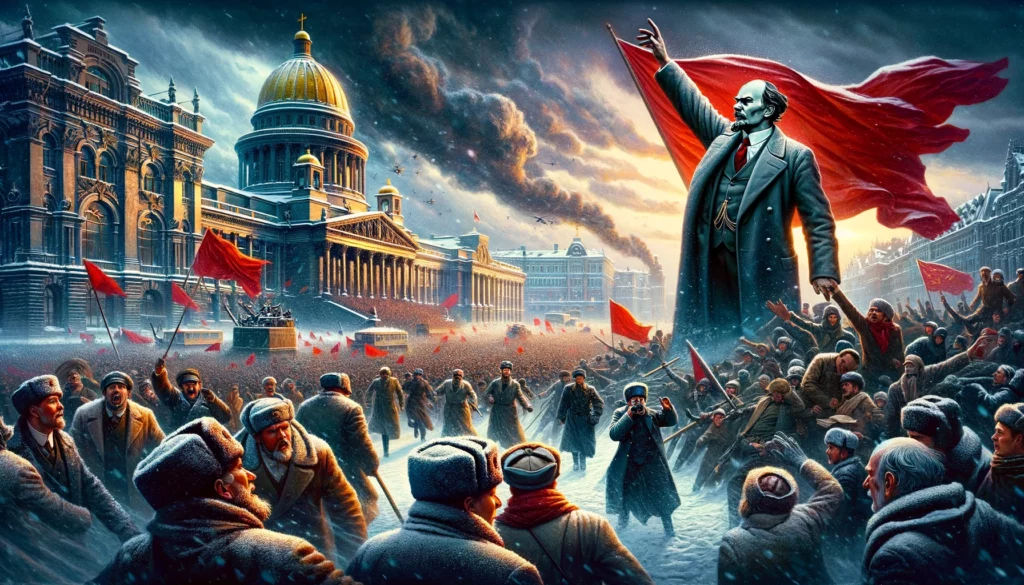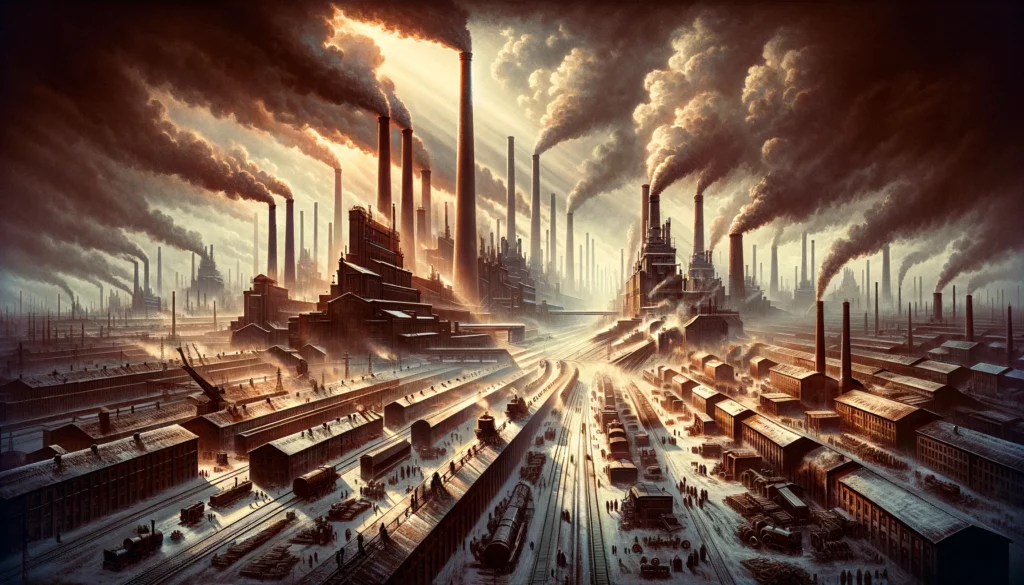Imagine a world radically transformed in the blink of an eye, where old empires fall and new ideologies rise. This was the reality of the early 20th century, a time marked by turmoil and revolutionary ideas. The Soviet Union emerged as a behemoth, an enigma that reshaped global politics and society. But what led to its formation?
The story of the Soviet Union begins with the Russian Empire’s crumbling under the weight of World War I. It’s a tale of a society plagued by inequality and a government out of touch with its people. The year 1917 marked a turning point — the Russian Revolution. Led by Vladimir Lenin and the Bolsheviks, this uprising was more than just a political shift; it was a complete overhaul of societal structure, introducing a new ideology: communism.
The birth of the Soviet Union in 1922 was not just the creation of a new country; it was the birth of a new vision for society. A vision where class structures were abolished, and a single party, the Communist Party, dictated the state’s trajectory.
The Gravity of the Soviet Union: Understanding Its Significance

But why does the Soviet Union matter today? Its existence was a pivotal force in shaping the 20th century. It challenged the existing norms and offered an alternative to the capitalist world, especially during the Cold War. The Soviet Union’s impact was not limited to politics; it influenced art, science, and culture.
The importance of the Soviet Union also lies in its role as a superpower. It was a key player in international affairs, shaping events like World War II, where its contribution was crucial in defeating Nazi Germany. The space race, too, was a significant aspect of its legacy, showcasing its technological prowess and ambition.
In understanding the Soviet Union, we gain insights into the complexities of global power dynamics and the profound impact of ideologies on world history. This history serves as a mirror, reflecting the aspirations and fears of an era vastly different from ours yet fundamentally influential to our current world.
The Core Reasons Behind the Soviet Union’s Existence

The formation and existence of the Soviet Union can be attributed to multiple intertwined factors:
- Revolutionary Ideology: At the heart of the Soviet Union’s birth was the ideology of communism, based on Karl Marx’s theories. The Bolsheviks, under Lenin’s leadership, sought to abolish capitalism and establish a society without class divisions. This vision resonated with the war-weary and impoverished Russian populace, leading to the Russian Revolution and the eventual establishment of the Soviet state.
- Political Vacuum and World War I: The Russian Empire’s collapse created a power vacuum. The hardships of World War I exacerbated public discontent, setting the stage for revolution. The Soviet Union filled this vacuum, offering a new political and social order.
- Desire for Socio-Economic Change: Widespread poverty, inequality, and the failure of the Tsarist regime to address these issues fueled the desire for change. The Soviet model promised equality, workers’ rights, and a redistribution of wealth.
- Leadership and Strategy: Leaders like Lenin and later Joseph Stalin played crucial roles. Their charismatic leadership, strategic decisions, and ruthless tactics were instrumental in consolidating power and establishing the Soviet Union’s foundations.
- Global Influence and the Cold War: The emergence of the Soviet Union as a superpower after World War II and its ideological rivalry with the United States shaped global politics. This rivalry, known as the Cold War, led to significant military, scientific, and cultural developments and conflicts.
- Nationalization and Industrialization: The Soviet government nationalized industries and resources, initiating rapid industrialization. This transformation, although achieved with great human cost, propelled the Soviet Union into a major industrial power.
- Cultural and Scientific Achievements: The Soviet Union made notable contributions in arts, science, and technology, including space exploration achievements like launching the first satellite, Sputnik, and the first human, Yuri Gagarin, into space.
- International Communist Movement: The Soviet Union inspired and supported communist movements worldwide, impacting global politics and conflicts.
- Control and Repression: The Soviet regime maintained control through repression, censorship, and a powerful security apparatus. These measures, while ensuring stability and compliance, also led to widespread human rights violations.
Concluding Thoughts: The Soviet Union’s Legacy and Lessons
The Soviet Union’s existence, while a defining chapter of the 20th century, concluded with its dissolution in 1991. This monumental event left a legacy that continues to influence global politics, economics, and society. What lessons can we draw from this historical giant, and what questions does it raise for our future?
1. The Impact of Ideology on World History: The Soviet Union’s rise and fall underscore the power of ideology to shape nations and global affairs. It reminds us that ideas have the strength to build and to destroy, to unite and to divide.
2. The Double-Edged Sword of Rapid Change: The Soviet Union’s rapid industrialization and social reforms demonstrate how swift changes can lead to significant progress but also to severe human costs. This history urges a balance between ambition and the well-being of citizens.
3. The Dynamics of Global Power: The Cold War period exemplifies the complexity of international relations and the consequences of global power struggles. It’s a lesson in the importance of diplomacy, understanding, and the pursuit of peaceful solutions in international conflicts.
4. The Role of Leadership and Governance: The Soviet Union’s history highlights the critical role of leadership and governance in shaping a nation’s path. It raises questions about authority, control, and the balance between state power and individual freedoms.
5. Innovation and Competition: The space race and scientific achievements of the Soviet Union show how competition can fuel innovation but also lead to an arms race and global tension. It’s a reminder of the need for responsible and ethical use of technology.
6. Cultural and Social Contributions: The Soviet Union’s contributions to arts, literature, and cultural exchange enrich our global heritage. They remind us that even in times of political divide, cultural and human connections persist.
Questions for Reflection:
- How do our current ideologies and global dynamics compare to those of the Soviet era?
- What can modern leaders and societies learn from the successes and failures of the Soviet Union?
- In what ways does the legacy of the Soviet Union continue to shape our world today?
The story of the Soviet Union is not just a historical account; it’s a tapestry of human ambition, struggle, and resilience. It invites us to ponder our place in history and our responsibility in shaping a future that learns from the past.
As we close this journey, let us carry forward these reflections, applying the lessons of history to the challenges of today and tomorrow.